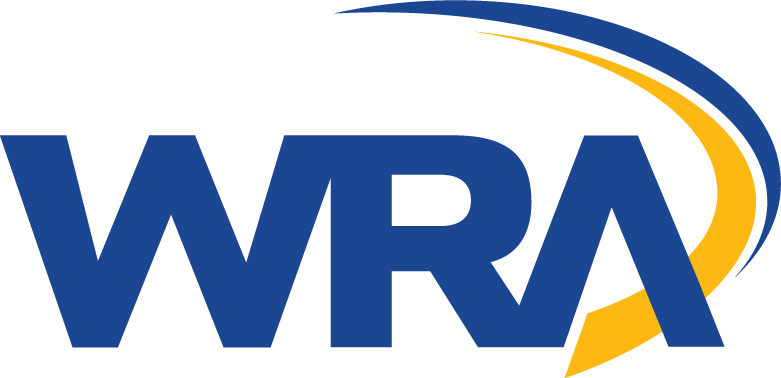A renaissance at the water's edge..
In the 80s, Baltimore remakes itself as a tourist destination with the redevelopment of its Inner Harbor into an entertainment and cultural hub.
WRA helps state government prepare for the worst..
WRA develops the Maryland Emergency Management Agency Command Center, a state-of-the-art facility to coordinate response efforts —and save lives.
Maryland experiences nature's fury..
The "Storm of the Century" in 1993 and the crippling East Coast Blizzard of '96 prompt the state to reassess its emergency response capabilities
In 1995, WRA gives the SSA room to grow..
The firm oversees renovations to the administration annex, creating a larger, more modern facility to serve the needs of future generations of Americans.
The Social Security Administration gains its independence..
President Clinton signs the law untethering the organization from the Department of Health and Human Services—leading to an increase in funding and employees.
Shoring up the shores..
WRA oversees the dredging and backfilling of Pier VI, stabilizing it for future projects like The Pier VI Hotel and Pierce’s Park.
The ghosts of Baltimore's past threaten progress..
The Inner Harbor's modern facelift hides a crumbling infrastructure built centuries ago.
WRA helps America stay vigilant..
Engineers update critical infrastructure at the Newport News and Norfolk Naval Shipyards, as well as Aberdeen Proving Ground.
Arming for the "Second Cold War.".
Military spending reaches an all-time high in 1987 as the Communist threat remains.
Testing the limits of space travel..
WRA designs the Johns Hopkins University Applied Physics Laboratory Space Flight Test Building to support space exploration
